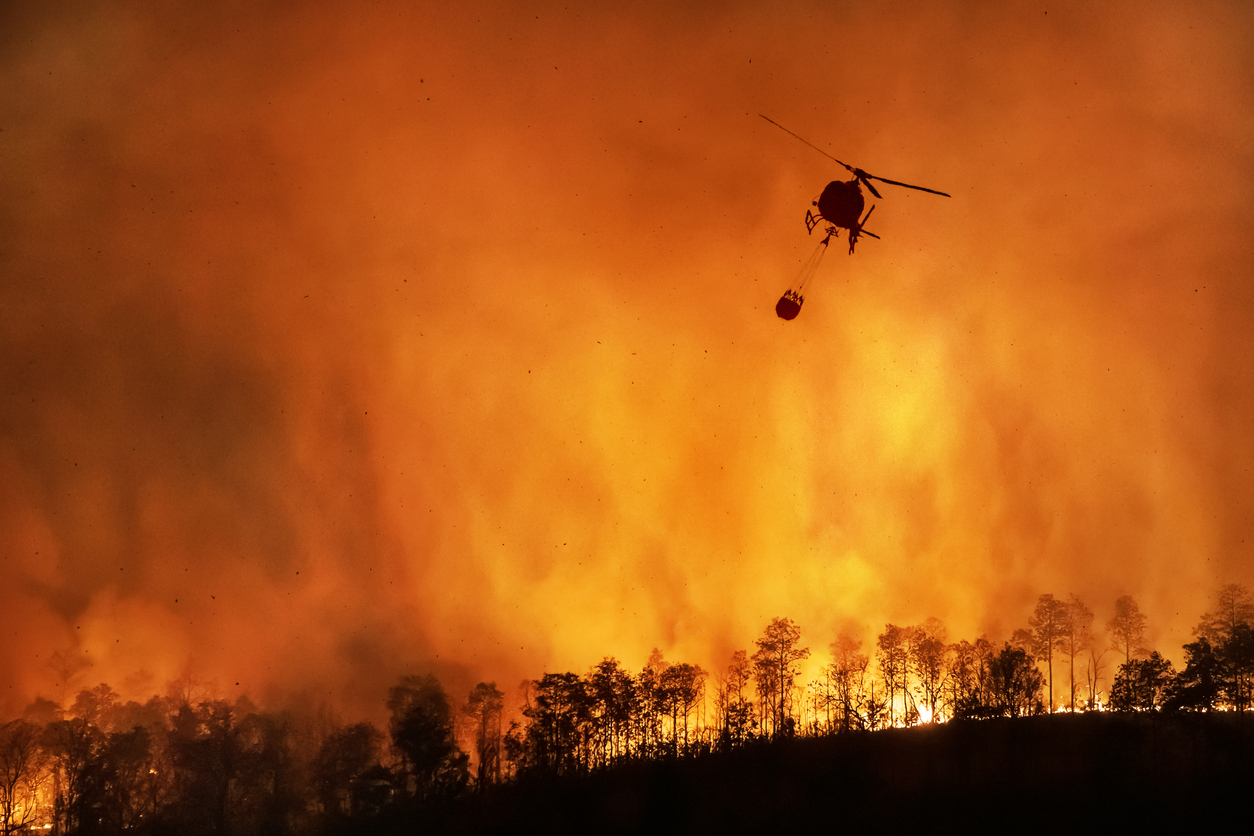Martin Bertogg, Head of Cat Perils at Swiss Re, said: “The effects of climate change are manifesting in warmer temperatures, rising sea levels, more erratic rainfall patterns and greater weather extremes. Taken together with rapid urban development and accumulation of wealth in disaster-prone areas, secondary perils, such as winter storms, hail, floods or wildfires, lead to ever higher catastrophe losses. The experience so far in 2021 underscores the growing risks of these perils, exposing ever larger communities to extreme climate events. For example, winter storm Uri reached the loss magnitude that peak perils like hurricanes can wreak. The insurance industry needs to upscale its risk assessment capabilities for these lesser monitored perils to maintain and expand its contribution to financial resilience.“
Global economic losses from disaster events are estimated at USD 77 billion in the first half of 2021. This is below average for the past ten years (USD 108 billion). The economic loss figure is expected to rise as more losses are accounted for in the coming months. The first half of the year is also not representative of the full-year figures, because the third quarter historically is the most loss-prone in terms of natural catastrophes. Of the total estimated economic losses in the first half of 2021, USD 74 billion were caused by natural catastrophes, while man-made disasters triggered an additional USD 3 billion. Close to 4 500 people lost their lives or went missing in disaster events in the first half.
Severe weather events push up natural catastrophe losses
In February, a period of extreme cold combined with heavy snowfall and ice accumulation in the US – commonly referred to as winter storm Uri – triggered estimated insured losses of USD 15 billion, the highest ever recorded for this peril in the US and around 38% of all estimated insured losses from natural catastrophes in the first half of this year. In June, severe weather including thunderstorms, hail and tornadoes hit Europe, affecting homes and vehicles in Germany, Belgium, the Netherlands, Czech Republic and Switzerland. Insured losses from this convective storm activity are estimated at USD 4.5 billion.
End-of-June extreme heat shattered temperature records across western Canada and the northwestern US, with temperatures reaching more than 45°C (113°F) for consecutive days. The heat, coupled with severe drought conditions, led to wildfires that spread south to California. Going into the second half of the year, July saw severe flooding cause property destruction and loss of life in Europe and China. Floods in Germany and its neighbouring countries are expected to cause substantial insured losses, estimated in Germany alone at EUR 4.5 – 5.5 billion (USD 5.3 – 6.5 billion), according to the German Insurance Association. In China, severe flooding in Henan province resulted in estimated insured claims of CNY 11 billion (USD 1.7 billion), according to the China Banking and Insurance Regulatory Commission. In August, extreme heat fueled wildfires in Turkey, Greece and Italy, which are expected to lead to further economic and insured losses.
Jérôme Jean Haegeli, Swiss Re’s Group Chief Economist, said: “Climate change is one of the biggest risks facing society and the global economy. The recent analysis from the UN’s Intergovernmental Panel on Climate Change confirms expectations of more extreme weather in the future and urgency to act to limit global warming. Working with the public sector, the re/insurance industry plays a key role in helping to strengthen communities’ resilience by steering development away from high-risk areas, making adaptation investments, maintaining insurability of assets and narrowing protection gaps.“
[1] These sigma catastrophe loss estimates are for property damage and exclude COVID-19 related claims.













